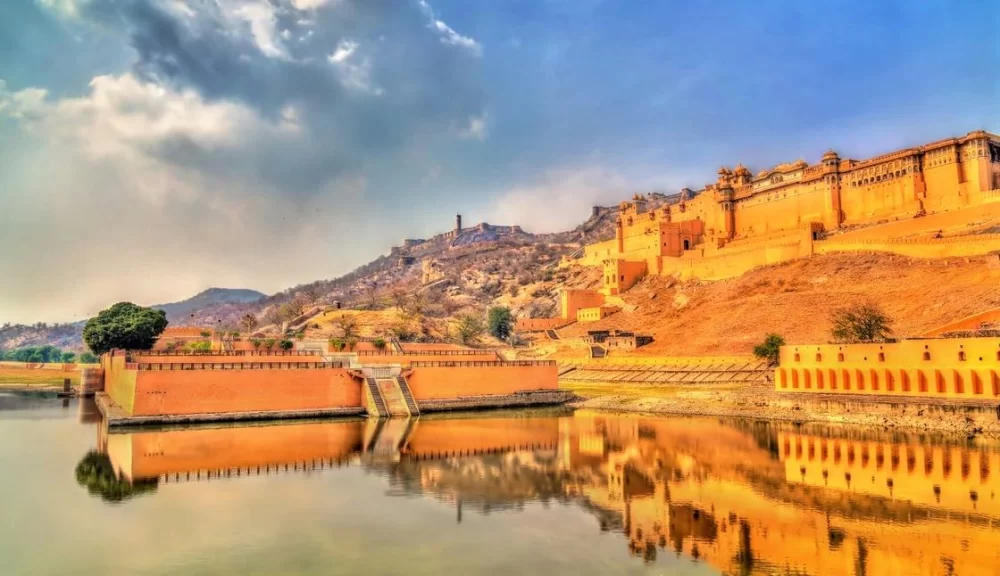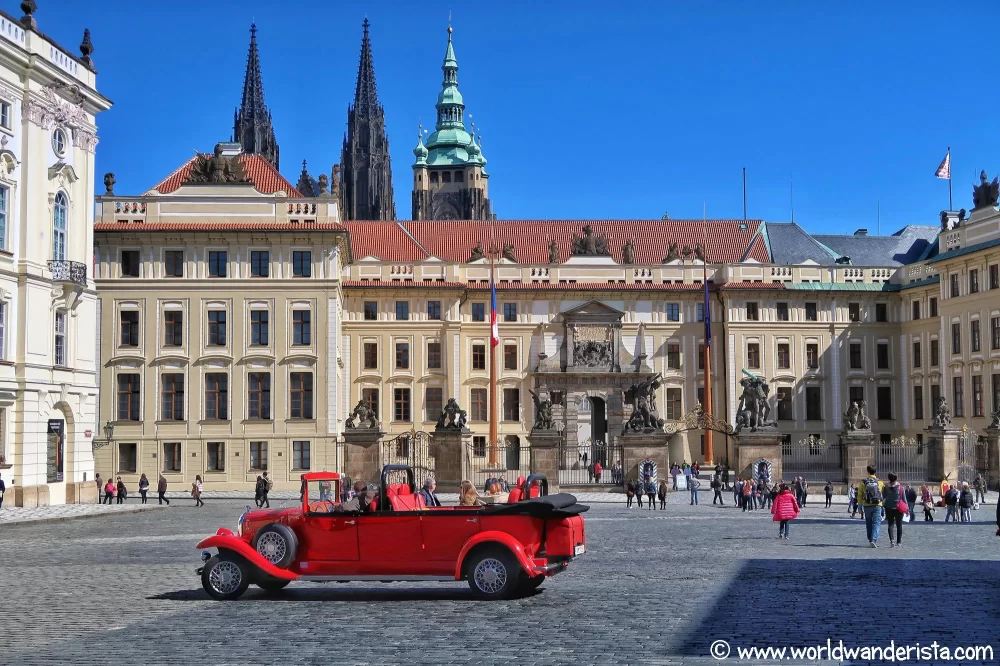- 1-Significance-of-UNESCO-Cultural-Sites
- 2-Top-Cultural-Sites-to-Explore-Around-the-World
- 3-Insights-into-Historical-and-Cultural-Value-of-Sites
- 4-Real-Traveler-Stories-and-Experiences-Visiting-UNESCO-Sites
- 5-Planning-Your-Visit-to-UNESCO-Cultural-Sites-with-Rob-Travel
1. Significance of UNESCO Cultural Sites
UNESCO cultural sites are recognized globally for their outstanding cultural, historical, and architectural significance. These locations serve as guardians of humanity’s shared heritage, offering invaluable insights into the traditions, achievements, and stories that have shaped civilizations. Visiting such sites enriches travelers with a deeper appreciation of cultural diversity and historical continuity.
Their preservation under UNESCO guidelines ensures that these treasures remain intact for future generations, balancing tourism with conservation efforts.
1.1 Cultural Heritage as a Bridge Across Time
These sites connect the present with the past, showcasing ancient craftsmanship, traditional lifestyles, and monumental achievements. Whether through ancient temples, historic cities, or artistic landscapes, UNESCO cultural sites embody the spirit and identity of their regions.
2. Top Cultural Sites to Explore Around the World
Travelers seeking to immerse themselves in cultural richness should consider these standout UNESCO sites:
2.1 Machu Picchu, Peru
The iconic Incan citadel set high in the Andes Mountains offers breathtaking views and a glimpse into pre-Columbian civilization. Its advanced engineering and spiritual significance make it a top destination.
2.2 The Historic Centre of Rome, Italy
Rome’s vast heritage, from the Colosseum to the Roman Forum and Vatican City, showcases millennia of history, art, and architecture that continue to inspire.
2.3 The Great Wall of China
Stretching thousands of miles, the Great Wall represents an extraordinary feat of ancient military engineering and cultural symbolism.
3. Insights into Historical and Cultural Value of Sites
Each UNESCO cultural site tells a unique story. For example, Machu Picchu reflects the Incan’s advanced understanding of astronomy and agriculture, while Rome illustrates the evolution of Western civilization through its art and politics. Understanding these contexts adds depth to the travel experience beyond sightseeing.
3.1 Preservation Challenges and Efforts
Many sites face threats from tourism, climate change, and urban development. International cooperation and local stewardship are essential to maintain their authenticity and structural integrity.
4. Real Traveler Stories and Experiences Visiting UNESCO Sites
A traveler visiting the Historic Centre of Rome recounted standing inside the Colosseum as a profoundly moving experience, feeling connected to the countless stories of gladiators and ancient spectators. Another visitor to Machu Picchu described the trek through the Andes as physically demanding but spiritually rewarding, sharing that the site’s mystique far exceeded expectations.
4.1 Cultural Exchange and Personal Growth
Many travelers report that engaging with local guides and communities around UNESCO sites enriches their understanding and fosters respect for cultural heritage, creating lasting memories and broader worldviews.
5. Planning Your Visit to UNESCO Cultural Sites with Rob Travel
Proper planning is key to a rewarding visit to any UNESCO cultural site. Rob Travel offers tailored travel packages, expert guides, and insider tips that help travelers navigate these destinations respectfully and efficiently.
Whether it’s securing permits for Machu Picchu or finding less crowded times to explore Rome’s landmarks, Rob Travel ensures an enriching and seamless journey into the heart of world heritage.
Exploring the top UNESCO cultural sites worth visiting opens doors to the world’s rich past and vibrant cultures. With thoughtful preparation and expert guidance from Rob Travel, travelers can experience these treasures with greater understanding and appreciation, making every trip unforgettable.







